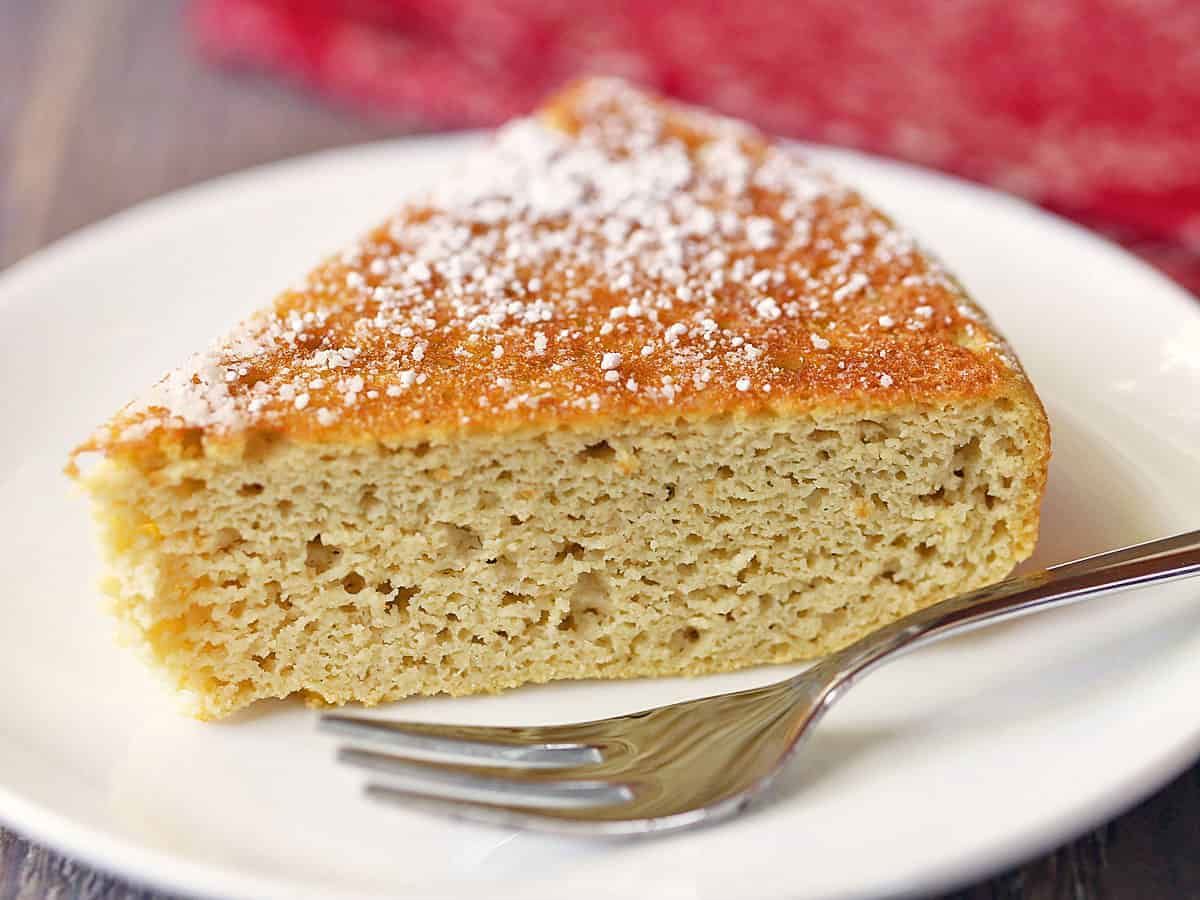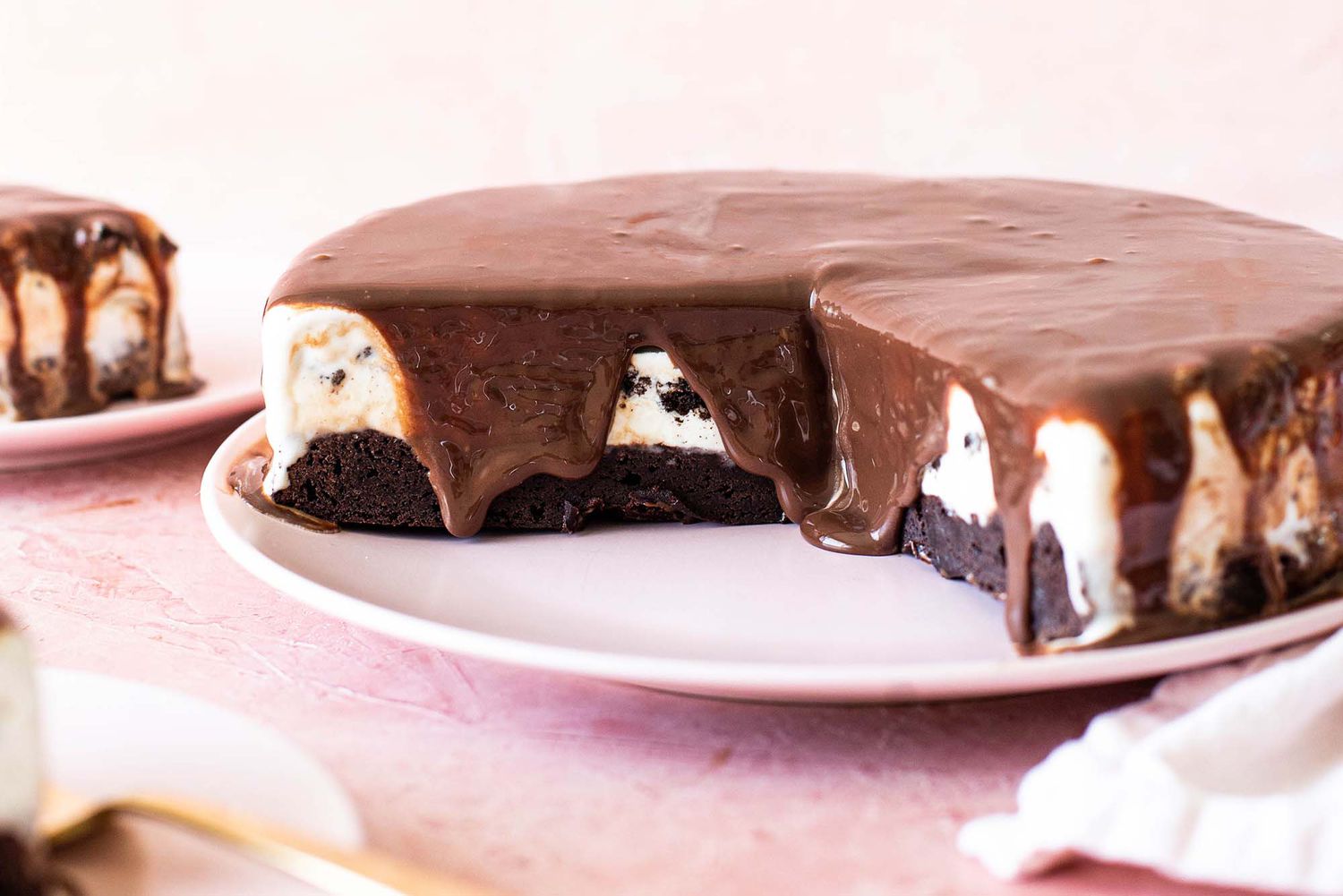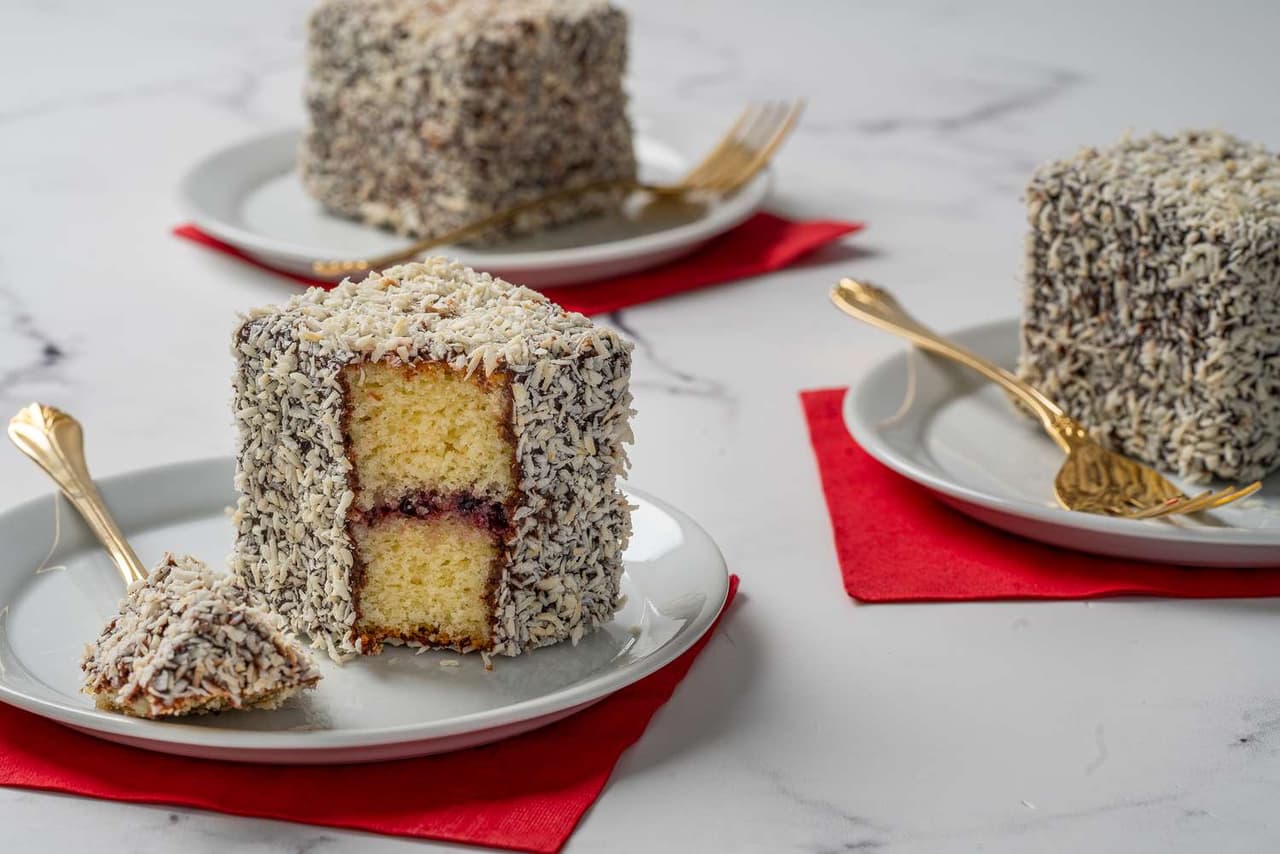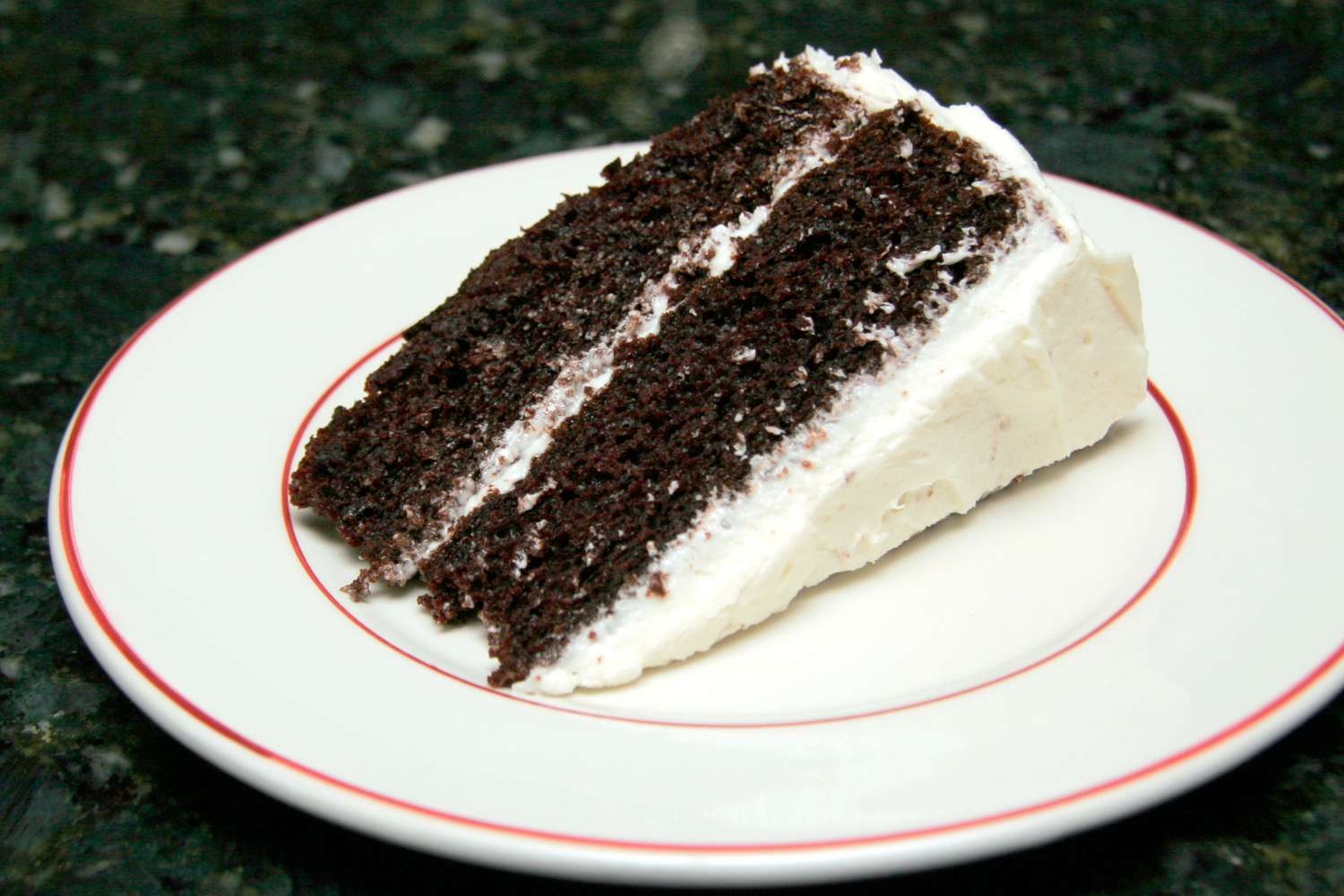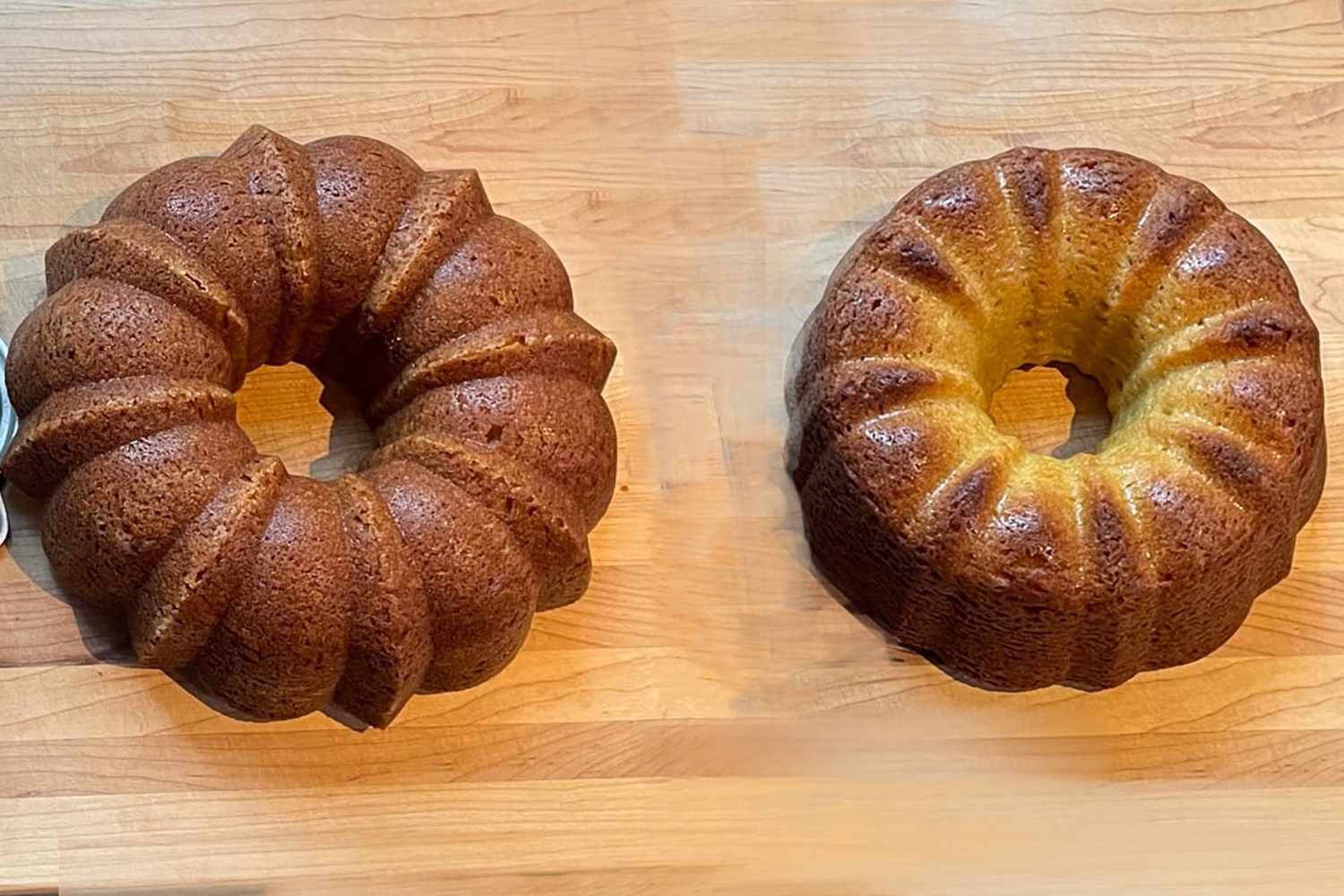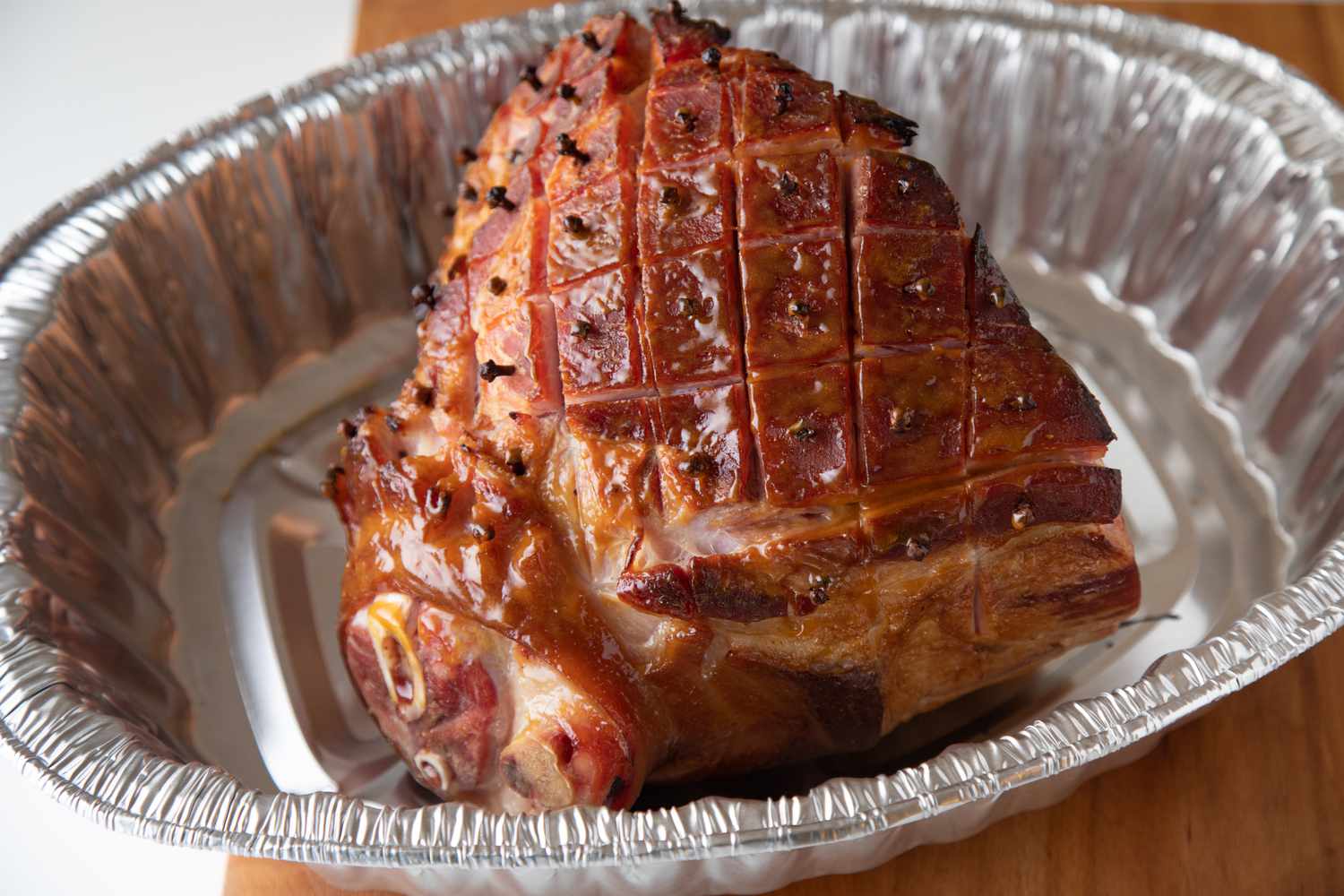Unlocking the Secret to Perfectly Baked Frozen Croissant Dough
There’s nothing quite like the aroma of freshly baked croissants wafting through the kitchen. The flaky, buttery layers and golden brown crust make for a delightful treat that is perfect for breakfast, brunch, or any time of day. But what if you don’t have the time to make croissants from scratch? Fear not, because with frozen croissant dough, you can enjoy the same delicious results with a fraction of the effort.
Preparing the Frozen Croissant Dough
Before you can start baking your croissants, you’ll need to properly prepare the frozen dough. Here’s how to do it:
- Thaw the Dough: Remove the frozen croissant dough from the freezer and let it thaw in the refrigerator overnight. This slow thawing process will ensure that the dough rises properly and results in flaky, tender croissants.
- Roll Out the Dough: Once the dough is thawed, gently roll it out on a floured surface to the desired thickness. Be careful not to overwork the dough, as this can affect the texture of the croissants.
- Shape the Croissants: Cut the dough into triangles and carefully roll them up, starting from the wider end. This will give your croissants that classic crescent shape.
Baking the Croissants
Now that your croissants are shaped and ready to go, it’s time to bake them to perfection. Follow these steps for irresistible croissants:
- Preheat the Oven: Before placing the croissants in the oven, make sure it is preheated to the recommended temperature, usually around 375°F (190°C).
- Egg Wash: For a beautiful golden finish, brush the croissants with an egg wash before baking. This will give them a glossy sheen and a crisp exterior.
- Bake to Perfection: Place the prepared croissants on a baking sheet lined with parchment paper and bake them in the preheated oven for 15-20 minutes, or until they are puffed up and golden brown.
Serving and Enjoying
Once your croissants are out of the oven and have cooled slightly, it’s time to indulge in their buttery goodness. Whether you prefer them plain, with a dollop of jam, or as part of a savory sandwich, these freshly baked croissants are sure to be a hit.
So, the next time you’re craving the indulgence of freshly baked croissants but don’t have the time to make them from scratch, reach for some frozen croissant dough and follow these simple steps. You’ll be rewarded with delectable, flaky pastries that are perfect for any occasion.
Now, go ahead and treat yourself to the delightful experience of baking and savoring your own homemade croissants. Bon appétit!
Was this page helpful?
Read Next: How To Bake Bread In A Convection Microwave




